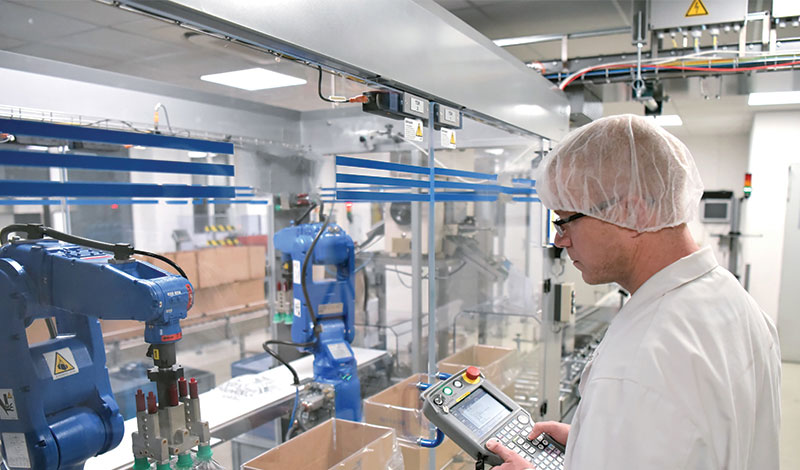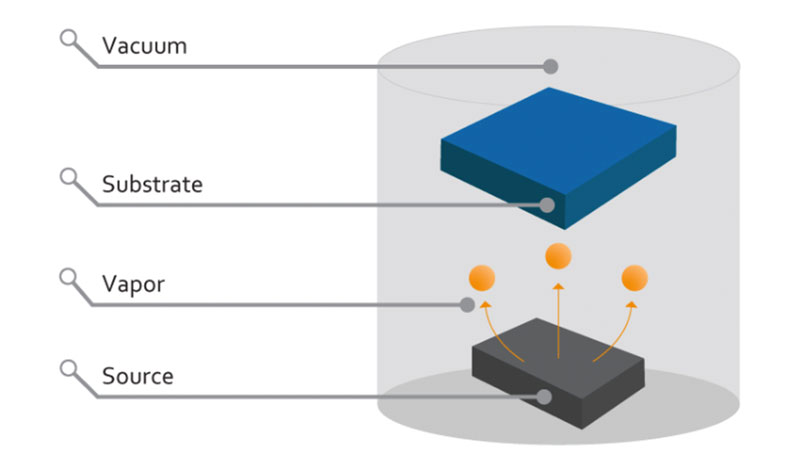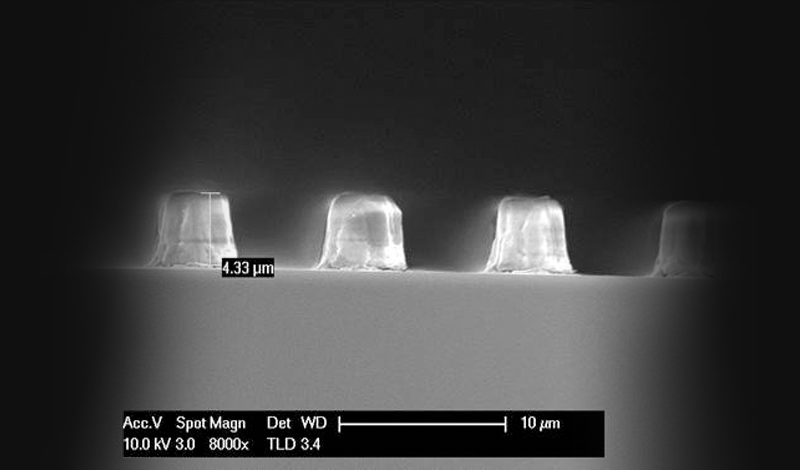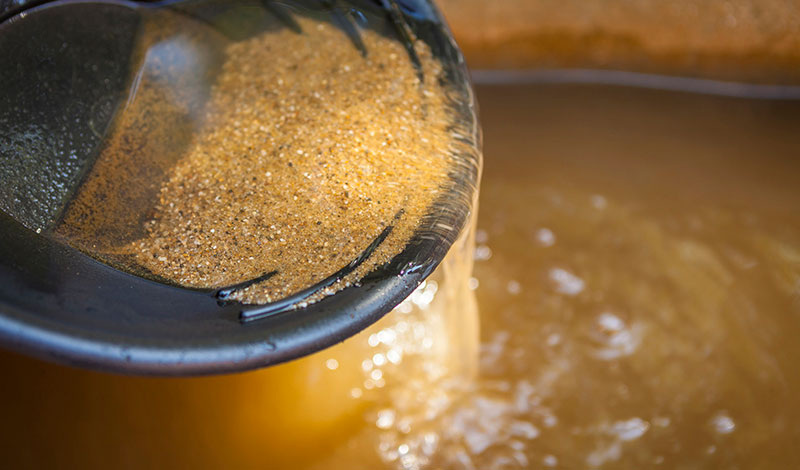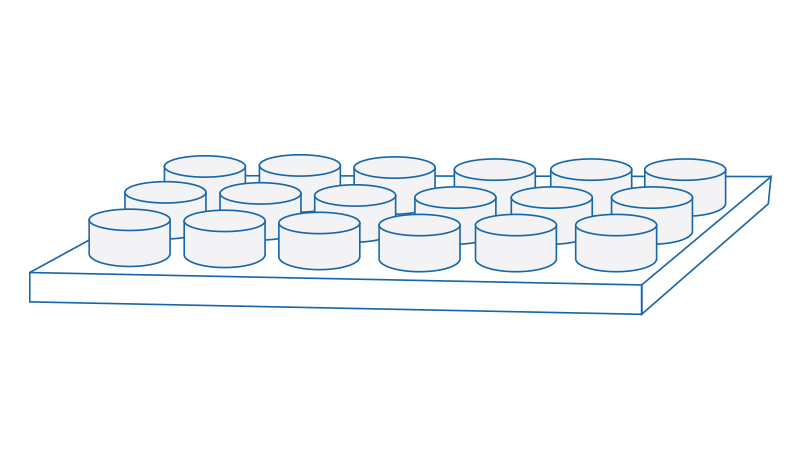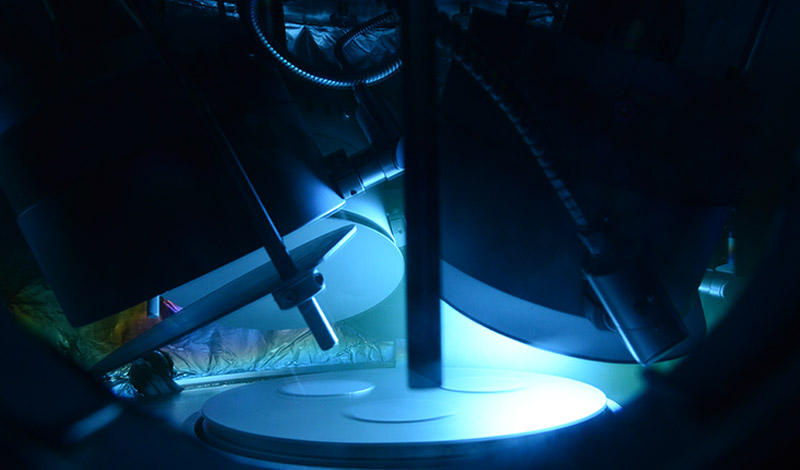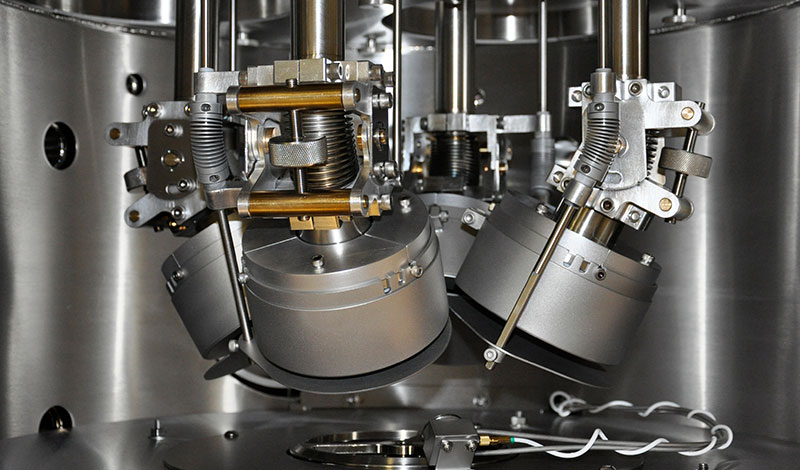Posted on
As integral as throughput is when it comes to meeting production needs, there is no single answer for improving throughput, especially across different deposition methods. With both evaporation and magnetron sputtering, there are a number of factors you need to consider in order to raise your total throughput. Improving Throughput in Magnetron Sputtering With a… Read More
